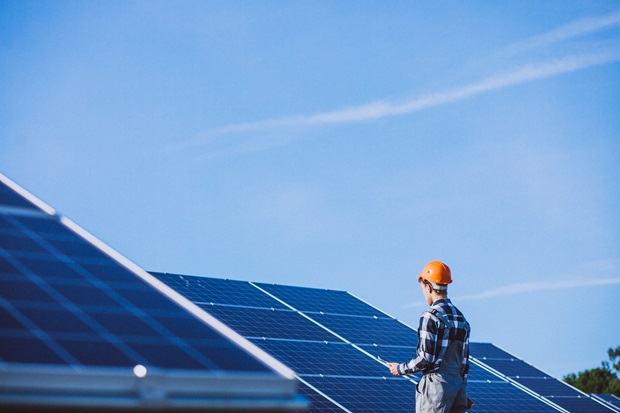A recent report by REN21 found solar manufacturing to be concentrated geographically in just five countries, which are estimated to produce more than 90% of the global capacity for producing solar modules. These countries are namely reported to be, China which leads with around 80% of overall solar PV manufacturing capacity, followed by Vietnam, India, Malaysia, and Thailand.
REN21, a policy network and a multistakeholder governance group report highlighting growth in India’s renewable energy strategy. The report showed that, in 2023, renewable energy globally was on a path of recovery and progress, set against persistent challenges and disparities among technologies and regions. It highlighted, “Energy crisis of the previous year continued to abate, with the world witnessing a remarkable boom in solar photovoltaics (PV) and a significant surge in energy investments. Global additions to renewable power capacity increased an estimated 36% in 2023 to reach around 473 gigawatts (GW), a new record for the 22nd consecutive year.2 Solar PV drove the increase and accounted for three-quarters of all the renewable power capacity additions in 2023.”
The REN21 study found that China’s growing dominance in the renewable energy component industry has influenced trade policy in the United States. The study showed that the US has resultantly begun to increasingly turn to the EU, India, Cambodia, Malaysia, Thailand, and Vietnam to import solar panels (in addition to boosting domestic solar manufacturing capacity). The report further explained that US support for India’s solar industry may have unintentionally enabled the entry into the United States of illegal Chinese solar components (banned due to forced labor issues) through Indianassembled products.44 The move towards friend-shoring and on-shoringiv is, in part, a reaction to these challenges, offering a way to strengthen supply chains and diversify the supply of renewable products.
The report found, “The United States and India agreed to launch a renewable energy technology platform, with a focus on wind and geothermal energy, energy storage and hydrogen. The United States and China, in a side negotiation at the G20 summit in Bali, Indonesia, reached a climate agreement to speed renewable energy development and accelerate the reduction of fossil fuels.”
It further elaborated, “Of the 3,000 GW of projects awaiting grid integration globally, an estimated 1,500 GW are in advanced stages, located mainly in the United States, Spain, Japan, Brazil, Italy, the United Kingdom, Germany, India, Australia, Mexico, Chile and Colombia. Around one-third of these projects (500 GW) have a high chance of connecting to the grid within five years, as they are in the final stages of signing connection agreements.
For the remaining 1,000 GW of advanced projects under review, the need for grid enhancements could delay or halt progress.” To further extend support to renewable energy, the newly launched investment platform Allied Climate Partners is reported to begin with USD 800 million in four funds focused in India, Africa, Southeast Asia, and the Caribbean and Central America.

